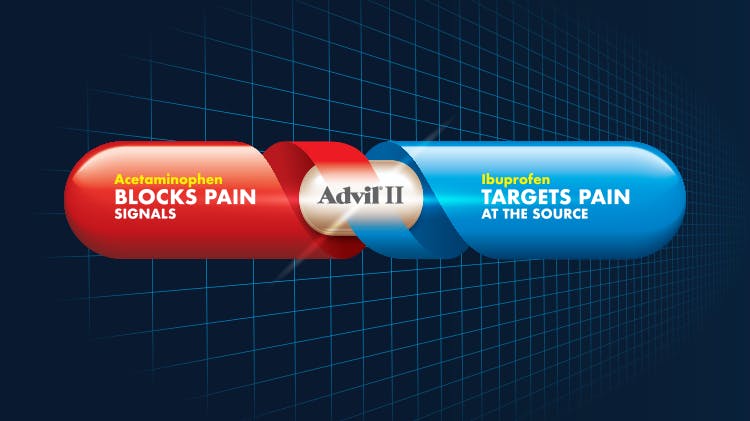Headaches & Migraines: Overview

Diagnosing Headaches & Migraines: An Overview
Headaches are a common condition that most people will experience sometime in their life, characterized by pain in the head or face. The pain can be constant throbbing, sharp, dull, and/or come with auras.1 Diagnosing headaches and migraines are important to help patients recognize triggers and find treatment plans that will help improve their quality of life.
What are headaches and migraines?
Headaches and migraines are conditions that cause pain in the head and face. Both are fairly common and affect up to 22% of adults around the world. Headache pain can present as throbbing, dull, constant, or sharp pain.1 Generally, headaches and migraines are thought to be caused by overreactive nerve signals interacting with the blood vessels in the brain, causing pain.1 Headaches and migraines can be caused by a variety of triggers or environmental factors like eating certain foods, allergens, smoke, alcohol use, depression, emotional stress, muscle strain, weather changes, and more.2
Not all headaches and migraines are alike, either. There are hundreds of different types of headaches, but they generally fall into two categories—primary and secondary.1
Primary headaches are ones that aren't caused by another medical condition. Examining these headaches typically includes just diagnosing headaches and don't entail addressing an underlying cause. Primary headaches include:1
- Tension headaches
- New daily persistent headaches
- Migraines
- Cluster headache
The other type of headaches are secondary headaches, which are tied together with another medical condition which may be the cause of the headache or a contributing factor. The medical conditions tied to secondary headaches include:1
- Head injury
- Brain blood vessel diseases
- High blood pressure
- Infection
- Medication overuse
- Sinus congestion
- Tumor
- Trauma
When diagnosing headaches, it's important to consider the headache category to determine the right treatment regimen and possible pain reduction solutions for your patient.
A silent pandemic1,3
Headache & Migraine Symptoms
Recognizing common symptoms is essential to diagnosing headaches and migraines. An important part of diagnosing migraines, for example, is being able to rule out other medical conditions that can cause migraines. We'll outline symptoms of some of the most common types of headaches below.
Tension headache pain is typically moderate and consistent on both sides of the head.1
Cluster headache symptoms include severe pain similar to an intense burning or stabbing sensation that occurs 1-2 times a day during a cluster, which may last up to three months. The pain is often behind one eye or in the eye.1
Sinus headaches come from a patient's sinus infection. Symptoms include deep constant pain in the forehead and cheekbones, a bad taste in the mouth, facial swelling, pain that gets worse with movement, and fever.1
Migraine symptoms include moderate to severe pain that's throbbing or pounding and lasts anywhere from four hours to three days. It can be accompanied by nausea, vomiting, sensitivity to light, colors or odors, and/or stomach pain.1
Migraines are often experienced by patients in four phases: prodome, aura, headache, and postdrome. The prodrome is the 24 hours before a migraine during which early signs are exhibited such as food cravings, mood changes, fluid retention, excessive yawning, and increased urination. Then, if the patient has this phase, they may experience auras. They may see flashing or bright lights, zig-zag lines, or experience weakness.
The third phase is the headache itself which starts gradually but becomes more severe, but patients can experience a migraine without a headache. If they don't have a headache, they may experience increased sensitivity to light, sound, noise or smells, nausea or vomiting, or worsened pain with any movement.
The fourth and final migraine phase is the postdrome, where patients feel exhausted, weak, or confused.2
Some people are also more at risk for migraines, including women, those who have a family history of the condition or patients with other medical conditions.2
Providing Headache & Migraine Relief
Occasional headaches typically respond well to over-the-counter pain relievers, but it's best not to depend on these for long-term use. Frequent and severe headaches can be treated with prescription-strength headache medications like triptan drugs, ergotamines, and other pain relievers. However, these medications need to be taken as soon as possible and aren't always fully effective for every patient.2
Unfortunately, migraines have no cure. Migraine and headache treatment often focuses on relieving symptoms, recognizing triggers to avoid headaches, and making lifestyle changes to help prevent migraine triggers. Each treatment plan should be tailored to individual patients to help minimize symptoms and prevent further headaches. Learn more with our resources on headache and migraine management options, causes, and statistics and facts.
.jpg?auto=format)
.jpg?auto=format)
